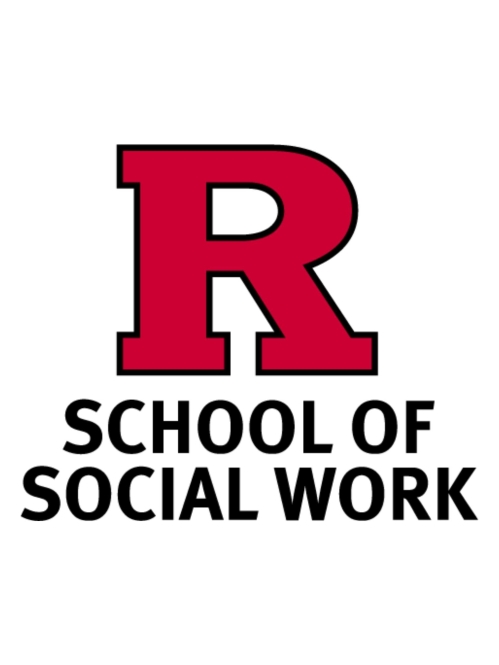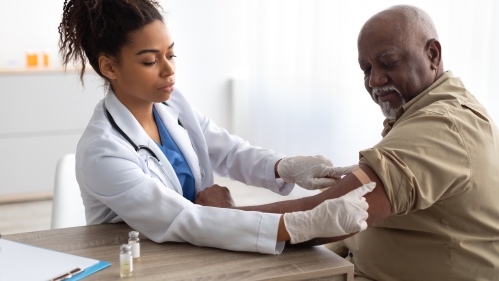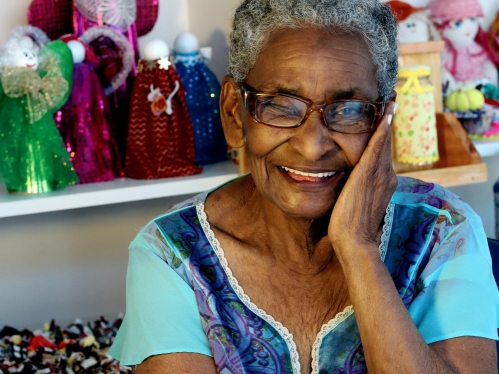
Rutgers University, School of Social Work
Dr. Danielle Beatty Moody, multiple principal investigator, social determinants of health inequities

Legal and illegal housing discrimination, the erasure of cultural landmarks, deliberate reductions in public services like good parks and schools, and the targeting Black home ownership through eminent domain are just some of the ways that anti-Black racism has been built into the geography of Baltimore, a city historically mapped by its central role in the slave-trade.
Our project, ‘Structural and Neighborhood Factors in (SIR) HANDLS’, is the first study to link how racism in the physical space of Baltimore shows up in the health of its residents by using data from 800 Baltimore-born participants who are also participants in the ongoing HANDLS study.
SIR HANDLS analyzes longitudinal links between exposure to historical racism built into the environment and cognitive and physical decline. We link respondent residential histories to a range of archival data on the built environment that may relate to diverging trajectories in exposure to built environment discrimination and disinvestment. We then pull in individual data on cardiometabolic indicators, aging endpoints, and individual experiences with discrimination to see how the environment and individual characteristics line up. This work benefits from the ongoing, decades-long HANDLS parent study, and uses structural equation modeling to answer questions about this diverse range of topics.

SIR HANDLS is the first study to employ event history methods of research to link an aging-focused cohort study to their lifetime environmental exposures, allowing us to map the causal pathways of cumulative structural stress in long-term and contemporary age-friendly neighborhoods (L&C AFN) on long-term health.




Dr. Danielle Beatty Moody, multiple principal investigator, social determinants of health inequities
Dr. Richard Sadler, multiple principal investigator, geospatial analysis
HANDLS Parent Study data
Dr. Gilbert Gee, structural racism frameworks
Interviewer training, archival research, community engagement
IRB Number: #